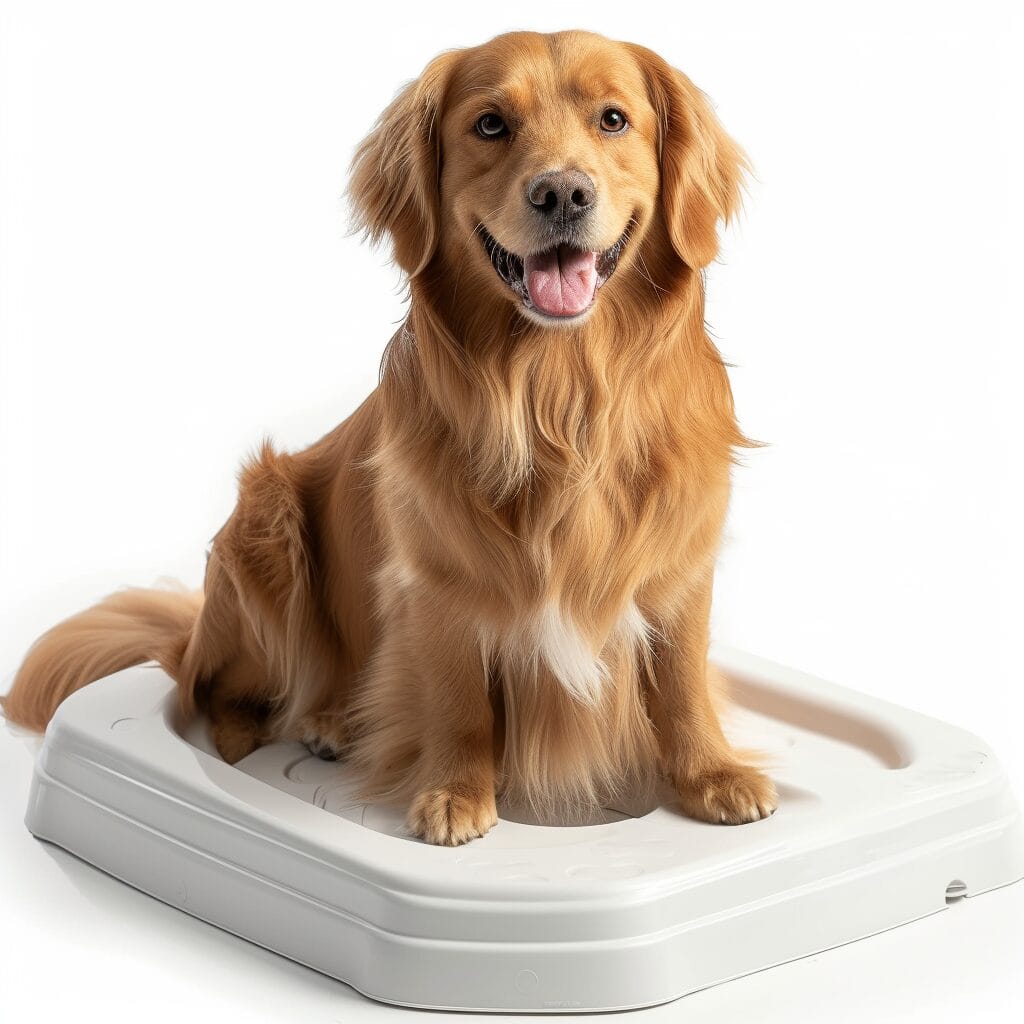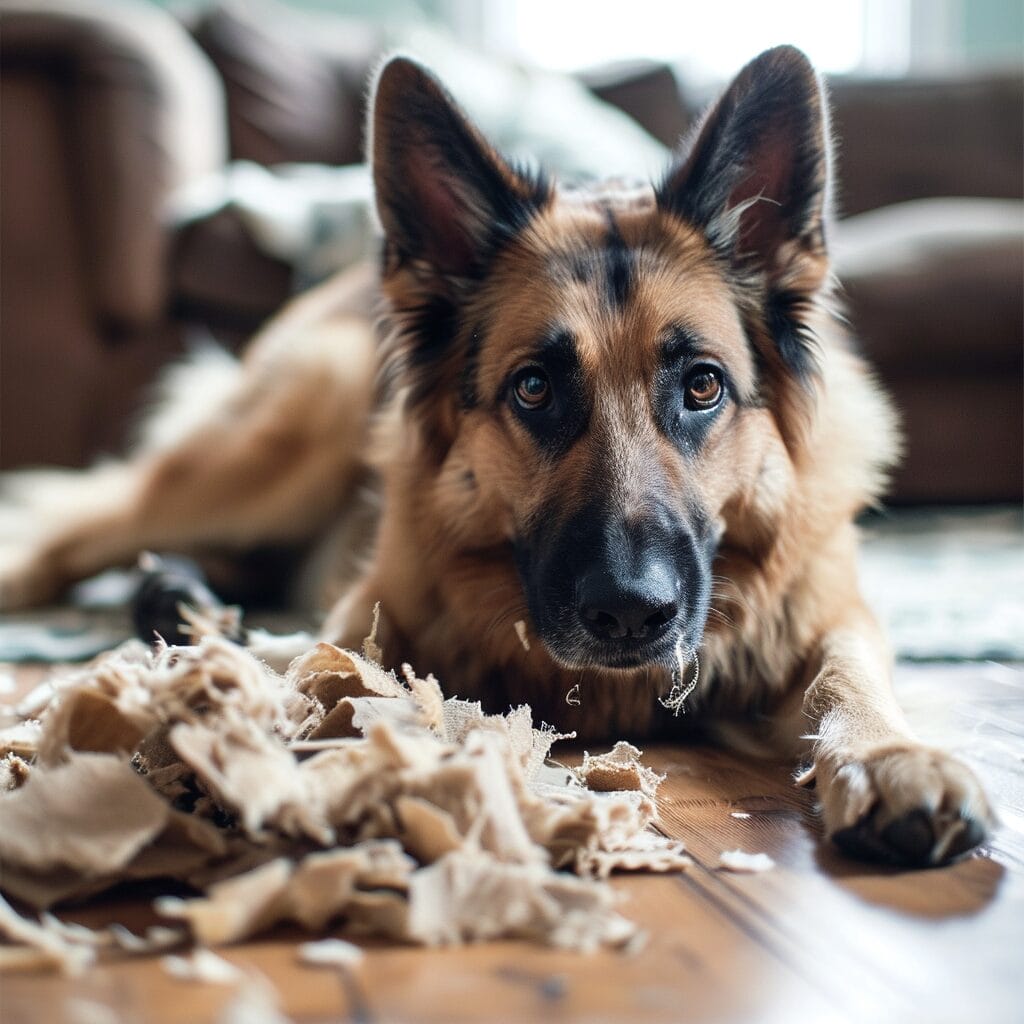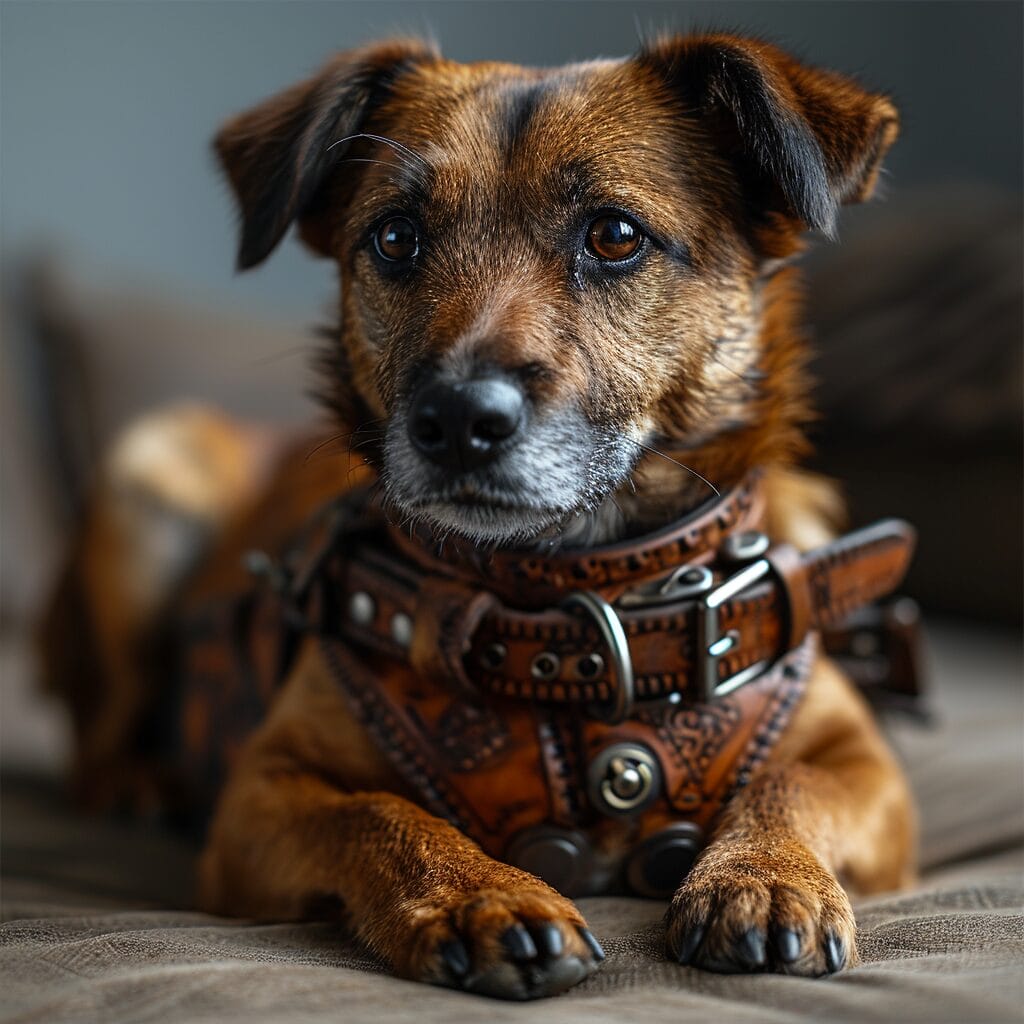Introducing a cat to a dog? It can be like mixing oil and water or finding the perfect harmony in an unexpected duet. The clash of personalities, the uncertainty in the air – it’s a delicate dance that requires finesse and patience. With the right approach, you can turn this potential battleground into a thriving friendship garden. From understanding their body language to creating safe spaces for both furballs, we’ll guide you through this rollercoaster ride of emotions and interactions. So, if you’re ready to witness the magic unfold as two worlds collide in your home, let’s dive into the art of introducing a cat to a dog.
How to Introduce a Cat to a Dog:
Key Takeaways
- Understanding Body Language: Pay attention to the body language of your pets to gauge their comfort levels during introductions.
- Gradual Introduction: Start by preparing your home and keeping pets separate, then progress to olfactory, visual, and physical introductions slowly.
- Controlled Approach: Use a structured and controlled method to introduce your cat and dog, ensuring safety and positive associations.
- Dos and Don’ts: Follow guidelines like keeping interactions positive, avoiding forcing interactions, and seeking professional help if needed.
- Patience and Observation: Be patient, observe your pets’ reactions, and adjust the introduction process accordingly.
- Safety First: Prioritize safety at all times, supervise interactions, and intervene if signs of stress or aggression arise.
Understanding the Body Language of Dogs and Cats
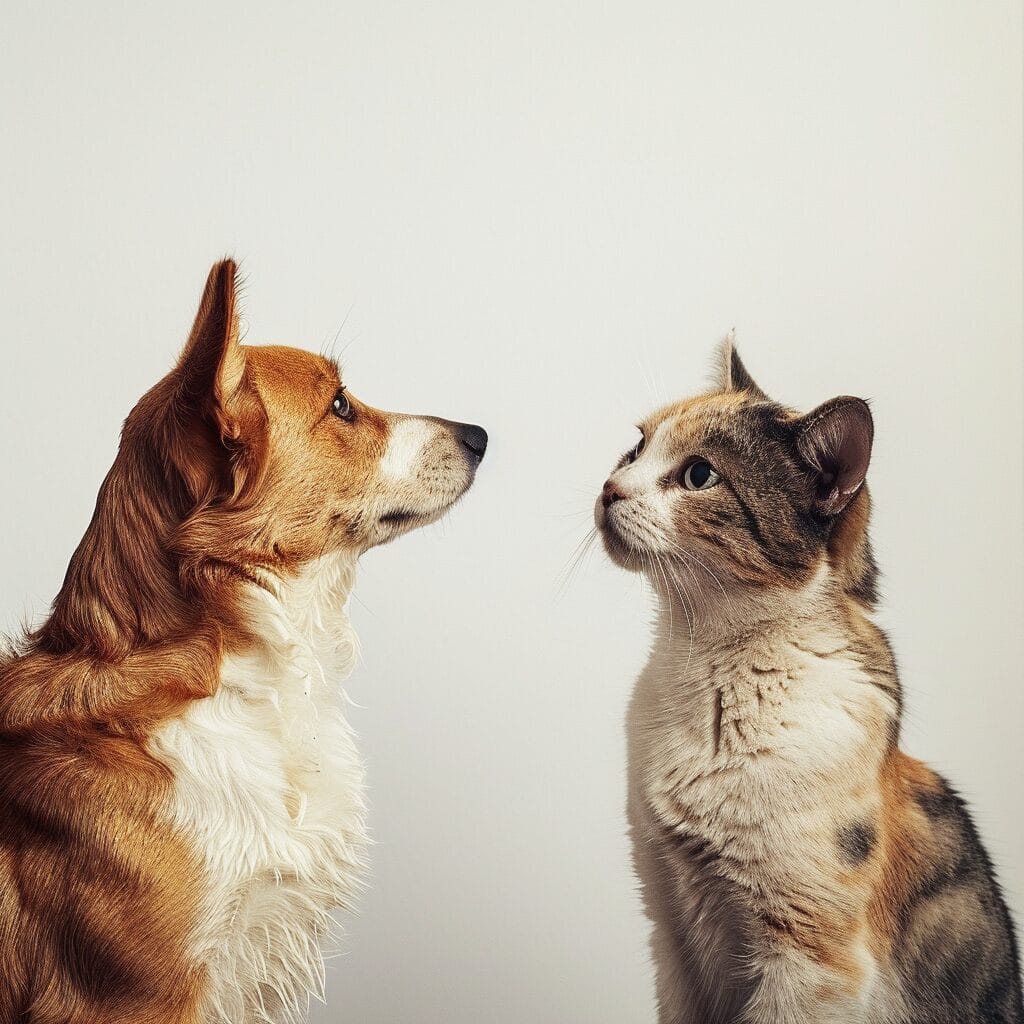
Tail Movements
Dogs wag their tails when happy or excited, while cats swish their tails when agitated. Tail movements are crucial in understanding how they feel. For instance, a dog’s wagging tail usually indicates joy, whereas a cat’s swishing tail may signal annoyance.
Both dogs and cats communicate through their tails, but the messages they convey differ significantly. When introducing a new cat to your dog, observe their tail movements closely to gauge their comfort levels. A calm and relaxed tail can signify that both dog and cat are at ease with each other.
Posture Cues
Another essential aspect is observing how dogs and cats exhibit different postures based on their emotions. Dogs often approach playfully with a bowing stance known as a play bow, indicating friendliness towards the other animal. On the contrary, if you notice a cat crouching low to the ground when encountering your dog, it might indicate fear or discomfort.
Understanding these subtle posture cues can help prevent any potential conflicts between your pets during introductions. By recognizing these cat behaviors early on, you can intervene appropriately to ensure a smooth interaction between your new kitten and resident dog.
Preparing Your Home for the Introduction
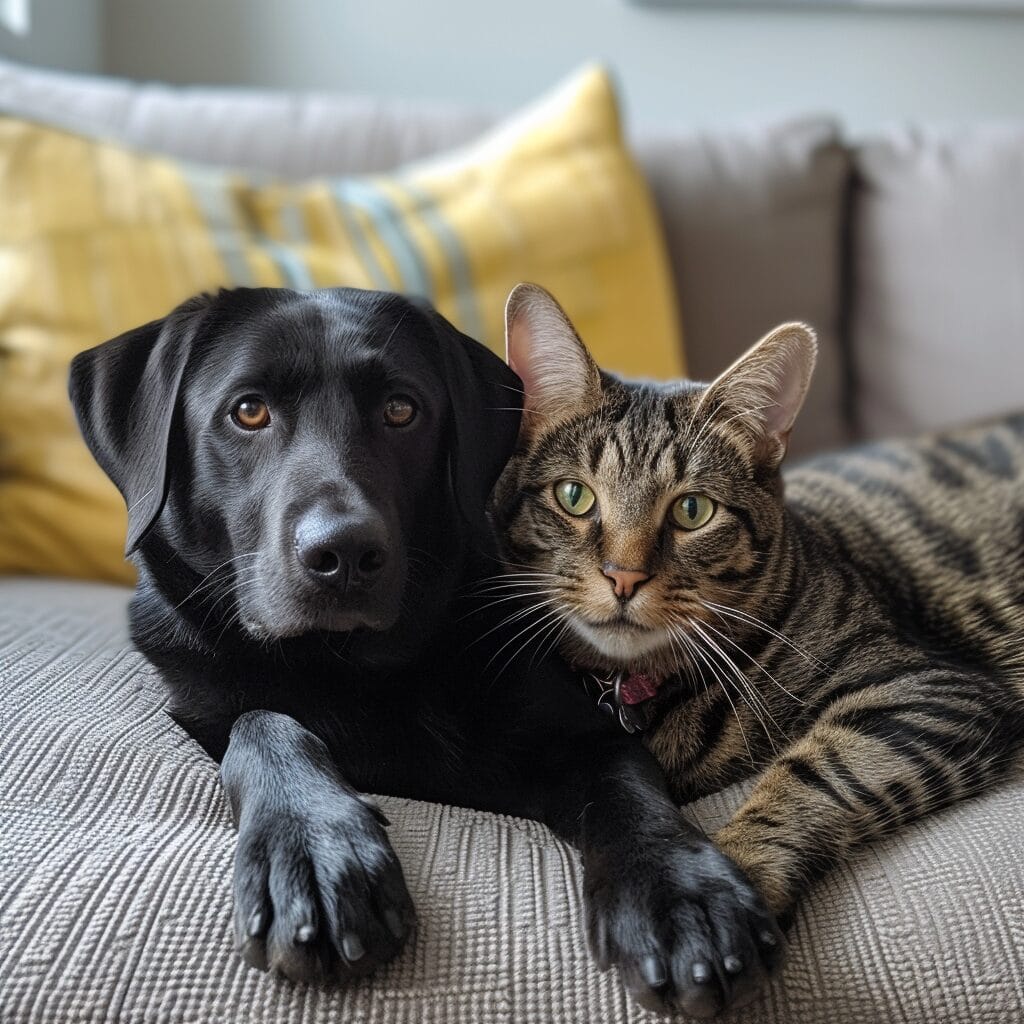
Separate Spaces
When introducing a cat to a dog, it’s crucial to create distinct areas for each pet. Set up separate beds, food bowls, and litter boxes for them. This helps them feel secure in their own spaces.
It’s important to give your pets their own safe havens where they can retreat if needed. By having designated areas, you prevent any potential conflicts or stress between the dog and cat during the initial stages of introduction.
Remove Hazards
Before bringing your cat and dog together, make sure to remove any valuable or breakable items that could be knocked over during their first interactions. This step ensures that there are no accidents or injuries caused by playful behavior or nervousness.
Providing hiding spots and vertical spaces is essential for cats when introducing them to dogs. Cats often prefer being up high as it gives them a sense of security while still allowing them to observe what’s happening around them without feeling threatened.
Keeping Pets Separate Initially

Keeping Pets Separate
To ensure a smooth introduction between your cat and dog, it’s crucial to keep them separate initially. This separation allows them to adjust gradually without feeling overwhelmed by direct interaction. By keeping the dog and cat in separate rooms with closed doors or using baby gates, you create physical barriers that prevent any potential conflicts.
Allowing your pets to become familiar with each other’s scents is an essential step in the introduction process. You can achieve this by swapping their bedding regularly so the dog and cat can investigate and get accustomed to each other’s smells. Using pheromone diffusers in both areas where the pets spend time helps create a calming environment for both animals.
Feeding your cat and dog on opposite sides of the door is another effective method to introduce them positively. This approach allows dogs and cats to associate each other’s presence with something enjoyable – mealtime! Over time, they will start associating the scent of the other pet with positive experiences like eating, creating a sense of comfort and safety around each other.
Gradual Olfactory Introduction Process
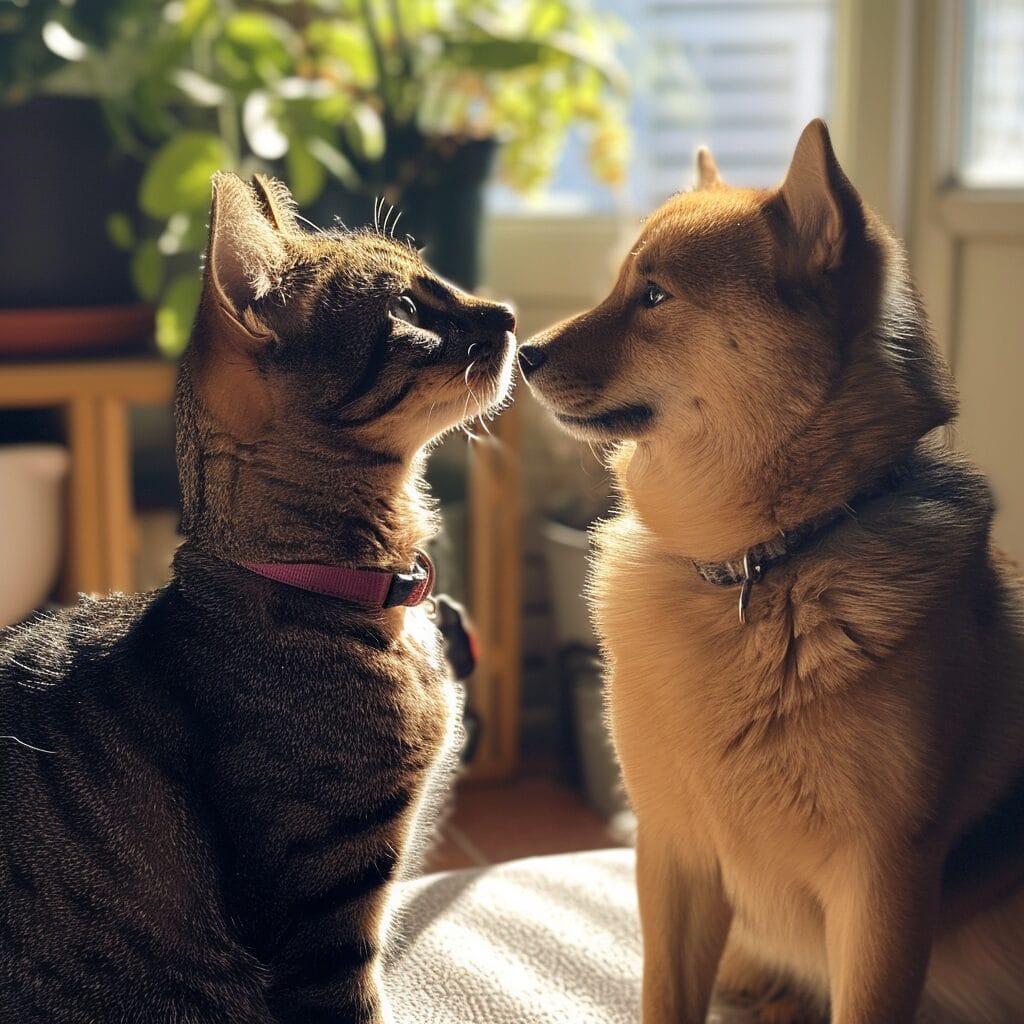
Exchanging Scents
To start the introduction process between a cat and a dog, you can use scents to help them get familiar with each other without direct interaction. Begin by rubbing a towel on one pet and placing it near the other’s sleeping area. This way, they can exchange scents and start recognizing each other’s smell.
This method helps in creating a sense of familiarity before any face-to-face meetings occur. By allowing the dog and cat to get used to each other’s scent first, you are laying down the groundwork for a smoother introduction later on.
Increasing Exposure Gradually
As the pets start getting accustomed to each other’s scent through the initial scents exchange, you can gradually increase their exposure to one another. Try swapping their bedding so that the dog and cat become more familiar with each other’s smells in different areas of your home. Another effective method is using a mesh barrier that allows visual contact but prevents physical interactions between them.
Controlled Visual Introduction Method
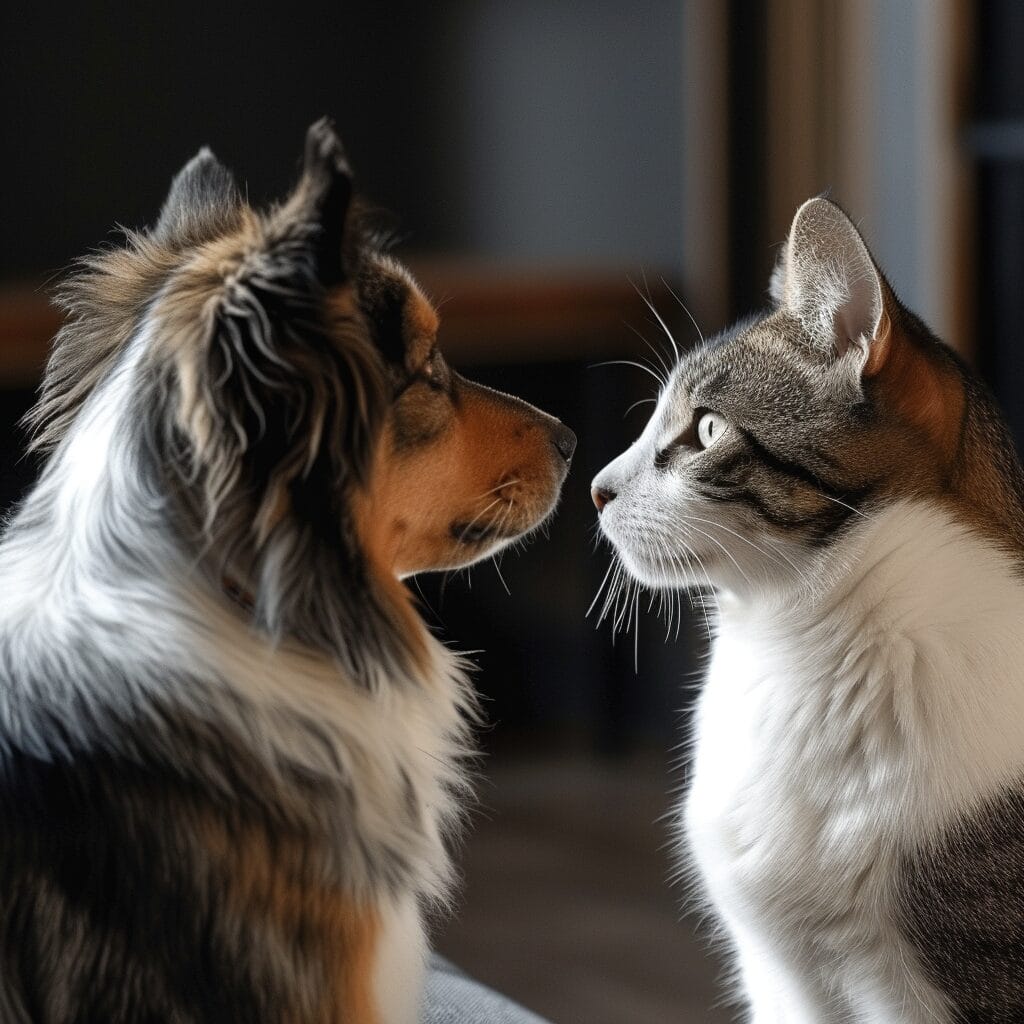
Using a Pet Gate or Barrier
When introducing a cat to a dog, consider using a pet gate or transparent barrier. This allows both pets to see each other without direct contact, helping them get accustomed to each other’s presence. By providing this visual separation, you can gauge their reactions and ensure safety during the initial introduction phase.
Using a sturdy pet gate creates a physical barrier while still allowing visual interaction between the cat and dog. This controlled environment helps prevent any sudden confrontations and gives both pets, dog and cat, a chance to observe each other without feeling threatened.
Rewarding Calm Behavior
It’s crucial to reinforce positive behavior during interactions between your cat and dog. Whenever both dogs and cats display calm behavior in each other’s presence, reward them with treats and praise. Positive reinforcement helps create positive associations with one another, encouraging good behavior and reducing tension between the two pets.
The sentence is not modified. This method encourages mutual respect between the cat and dog, fostering a harmonious relationship over time.
Recognizing Signs of Fear or Aggression
While using the controlled visual introduction method, it’s essential to be vigilant for any signs of fear or aggression from either pet. If you notice either dog or cat displaying such behaviors, immediately separate them for their safety as well as preventing potential conflicts.
Slow and Steady Desensitization Process

Gradual Decrease in Distance
To introduce a cat to a dog successfully, gradually reduce the distance between them during supervised interactions. Start with separate spaces, then allow them to sniff each other’s scent through a closed door. After that, use a baby gate or leash to keep the dog and cat physically separated while they see each other.
Reward calm behavior from both pets using positive reinforcement techniques like treats and praise when the dog and cat are near each other without showing signs of stress or aggression. This helps create positive associations with each other’s presence, making the introduction process smoother.
Monitoring Stress Levels
Watch for signs of stress in either pet such as flattened ears, hissing, growling, pacing, raised fur. If you notice any of these behaviors or if either pet becomes aggressive during the introduction process, immediately separate them and go back to an earlier step where they were comfortable. It is crucial not to rush this process as it can increase their stress levels and negatively impact their future interactions.
- Pros:
- Promotes positive associations between pets.
- Allows gradual acclimation for both animals.
- Cons:
- Requires patience and consistency.
- May take time depending on the pets’ personalities.
Structured Physical Introduction Approach
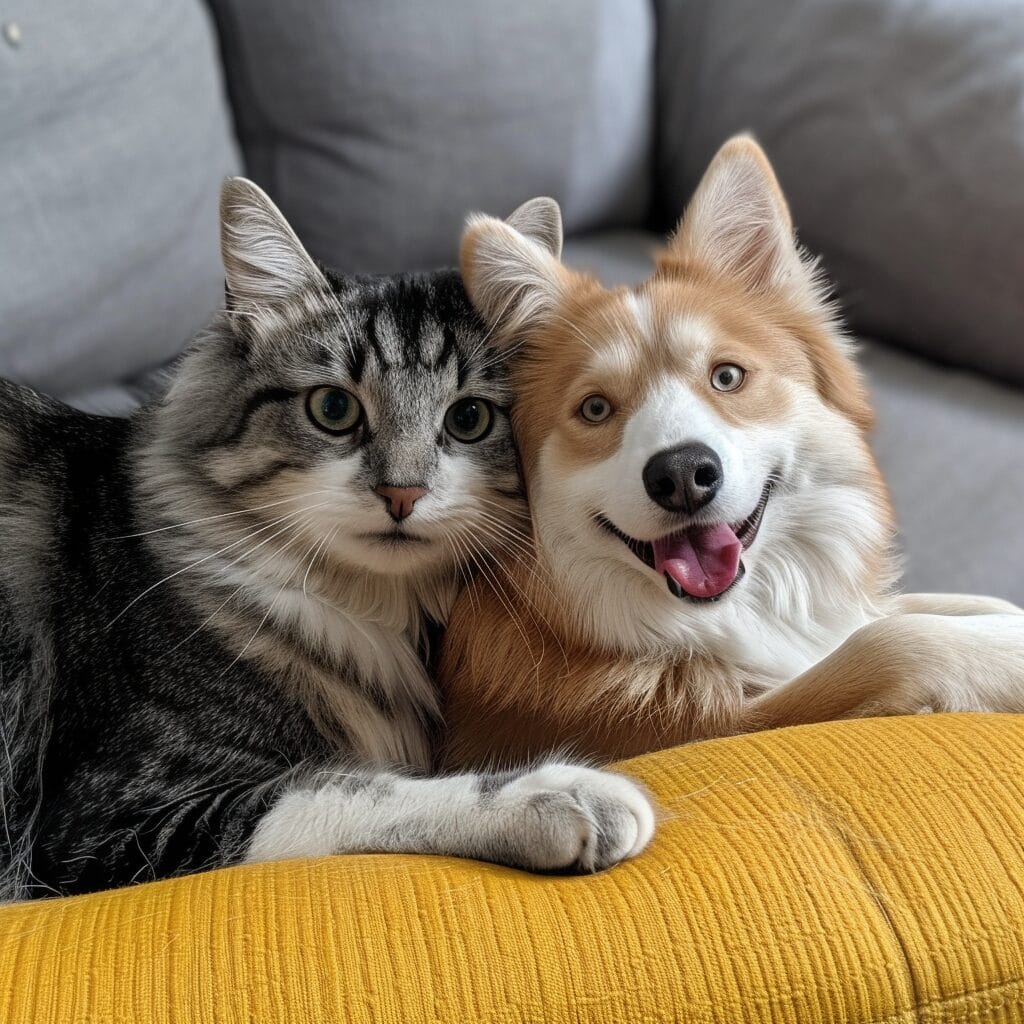
Neutral Territory
When introducing a cat to a dog, it’s crucial to do so in a neutral space like a park or backyard. This helps prevent territorial issues and allows both pets to feel more comfortable. By choosing an unfamiliar location, you’re giving them the chance to interact without feeling threatened by each other’s presence.
To start this process, bring your cat and dog on leashes for control. Keeping the dog and cat restrained initially ensures that any unexpected movements can be managed easily. This way, you have the ability to intervene if necessary and prevent any potential conflicts from escalating.
Sniffing Introduction
Allow your cat and dog some time to sniff each other briefly while closely observing their behavior. Monitoring their body language is key during this stage; signs of tension or aggression may include raised fur, growling, hissing, barking, or stiff posture. If you notice any of these signs in your dog or cat, calmly separate them and try again later.
Pros:
- Helps establish initial interaction in a controlled environment.
- Reduces the likelihood of immediate conflict between the pets.
Cons:
- Requires close supervision to ensure safety.
- Initial interactions might be stressful for both pets as they adjust.
Dos and Don’ts of Introducing Pets
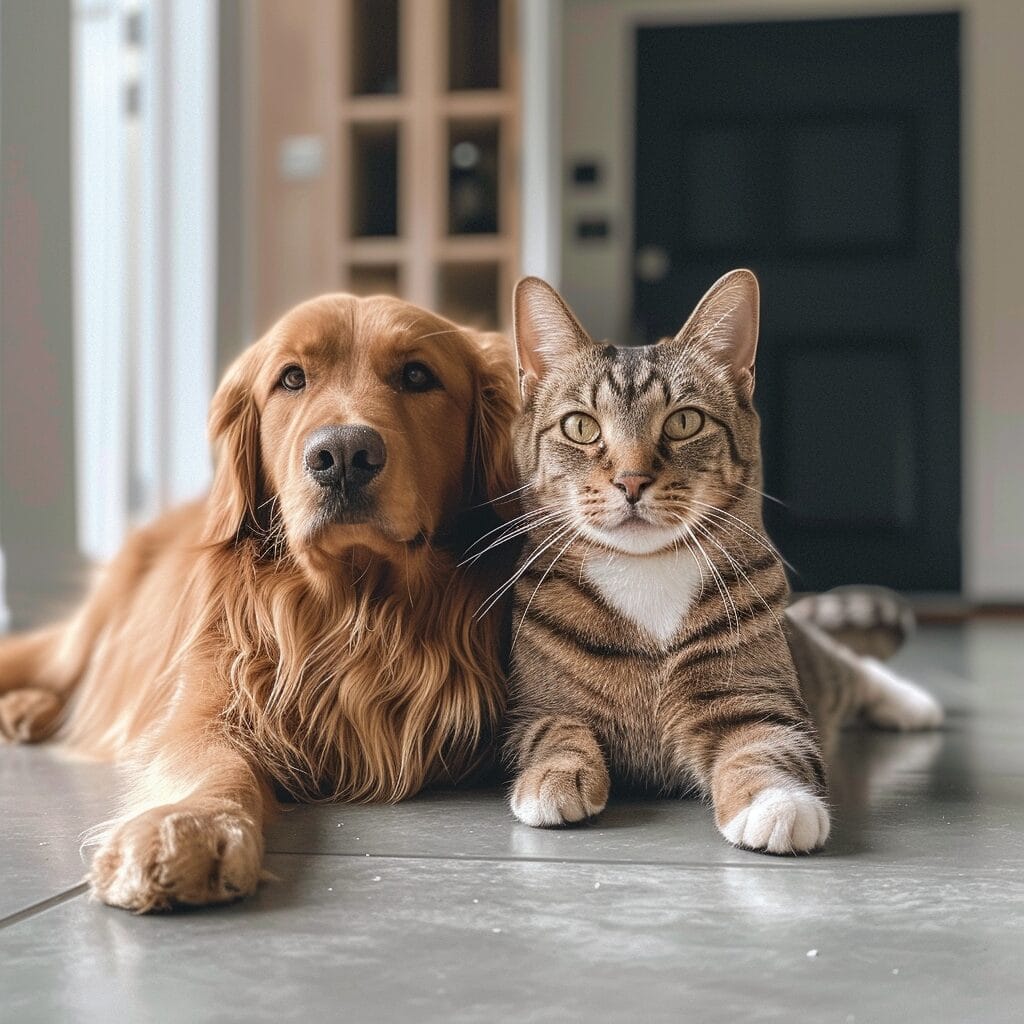
Give Pets Time
Allow your new dog or cat ample time to get used to each other’s scents and sounds. Let them acclimate naturally.
It’s essential not to rush the process. Each dog and cat needs time to adjust comfortably before proceeding further.
Avoid Forcing Interactions
If either pet or dog displays fear or aggression, avoid physical interactions at all costs. Pushing them together can lead to stress and potential conflicts.
Instead of forcing contact, focus on creating positive associations with each other and your dog through gradual exposure and positive reinforcement.
Positive Reinforcement
During the introduction phase, utilize treats and praise as rewards for calm behavior from both pets.
Knowing When to Seek Help
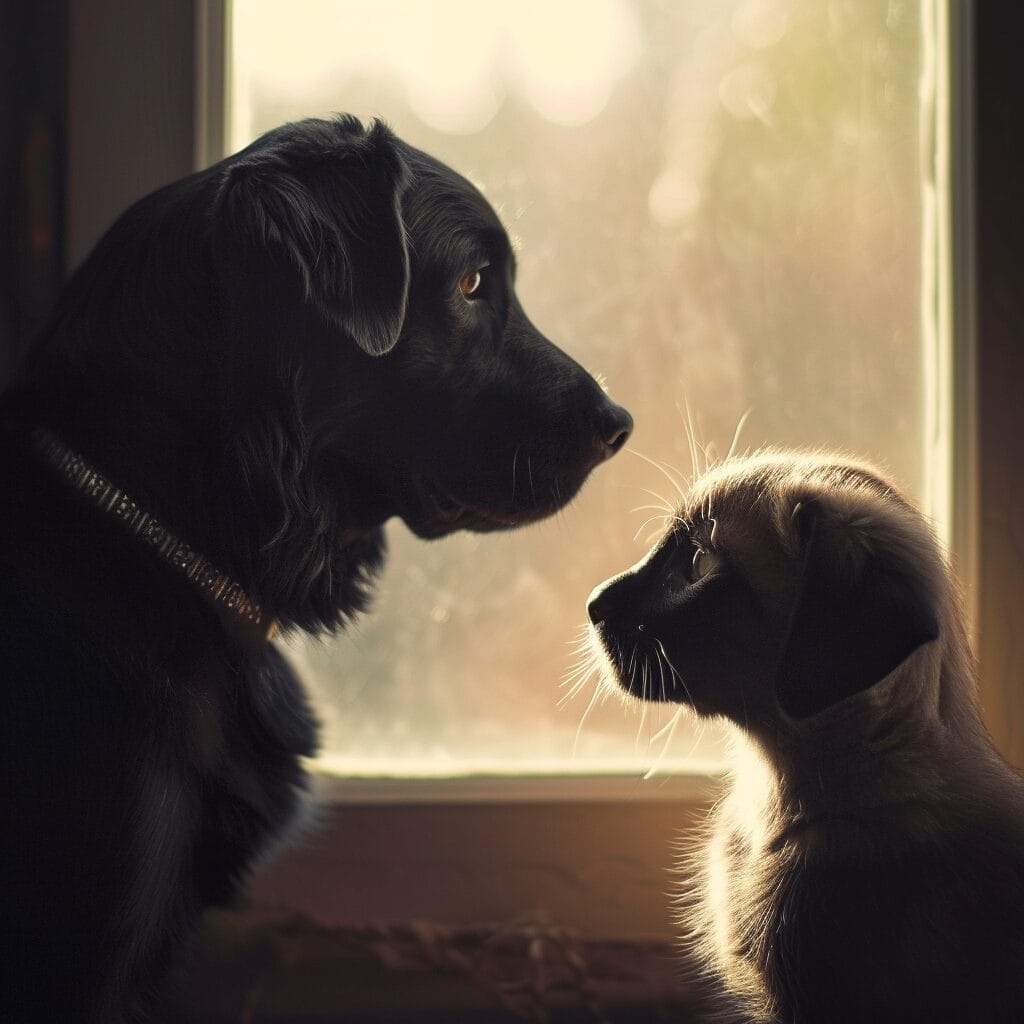
Warning Signs of Aggression or Fear
If you notice warning signs such as persistent aggression or extreme fear in your dog during the introduction process, it’s crucial to seek professional help. These signs could include growling, hissing, barking, raised fur, or cowering. These cues indicate that the situation may escalate and require intervention from an animal behaviorist.
Seeking guidance early can prevent any potential harm to your pets. If there are repeated instances of physical attacks or injuries between your cat and dog despite following proper introduction protocols, it’s time to reach out for professional assistance. Remember that the safety and well-being of your furry companions should always come first.
- Professional help ensures a safer environment for both pets.
- Early intervention can prevent further escalation of aggressive behaviors.
Benefits of Professional Guidance
Professional animal behaviorists have the expertise to assess individual personalities and temperaments of your pets, including dogs, accurately. They can provide tailored advice on how to manage introductions effectively based on their unique traits. Seeking their assistance when unsure about how to proceed with the introduction process can significantly increase the chances of success in creating a harmonious relationship between your cat and dog.
Here are some key benefits:
- Access specialized knowledge in pet behavior.
- Receive personalized recommendations for a smoother introduction experience.
- Gain insights into understanding and interpreting your pet’s actions more effectively.
Summary
You’ve now got the lowdown on introducing your furry pals. From understanding their body language to the dos and don’ts of training a dog, you’re armed with the knowledge to make this a success. Remember, slow and steady wins the race. Take it easy, be patient, and let your pets lead the way.
Now go on, give it a shot! Your cat and dog might just become the next dynamic duo in your home. Good luck!
Frequently Asked Questions
How can I understand if my dog and cat are ready for introduction?
To gauge dog’s readiness, observe their body language, ensuring they’re calm and relaxed. If both animals display curiosity without signs of fear or aggression when near each other’s scent, it’s a good indicator that they may be prepared for an introduction.
What should I do to prepare my home before introducing my cat to the dog?
Create separate safe spaces with essential resources like food, water, litter box (for the cat), toys, and bedding. This allows each pet to have their own territory while gradually adjusting to each other’s scents in a controlled environment.
Is it necessary to keep pets separate initially during the introduction process?
Yes, keeping them apart at first helps prevent potential conflicts and allows them to acclimate through scent exchange under closed doors. It also reduces stress levels as they become familiar with each other’s presence before direct interaction.
How do I start the olfactory introduction process between my cat and dog?
Begin by swapping bedding or toys between your pets so they can get accustomed to each other’s scents. This method helps in creating familiarity without direct contact while promoting positive associations through shared items.
What are some dos and don’ts when introducing a new cat to a resident dog?
Do provide positive reinforcement for desirable behavior from both pets. Don’t force interactions or punish negative reactions as this can lead to anxiety or aggression. Always supervise their initial meetings closely but avoid intervening unless absolutely necessary.




